GIVE NOW before 2025 ends—your gift will be doubled to help children in need. Click here to 2x your impact!
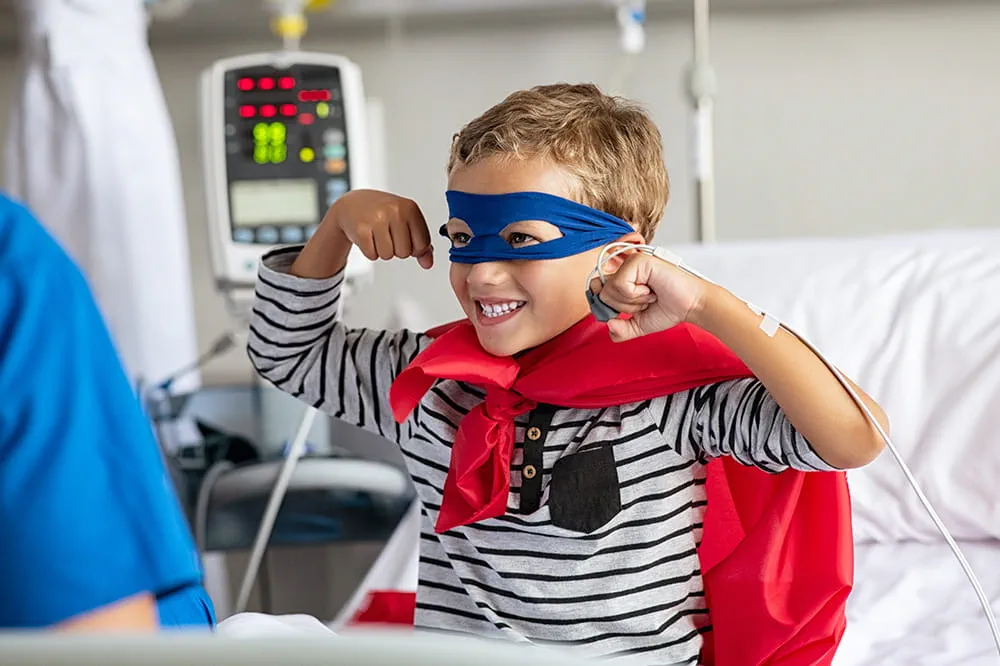
Ranked nationally in pediatric care.
Arkansas Children's provides right-sized care for your child. U.S. News & World Report has ranked Arkansas Children's in seven specialties for 2025-2026.

It's easier than ever to sign up for MyChart.
Sign up online to quickly and easily manage your child's medical information and connect with us whenever you need.
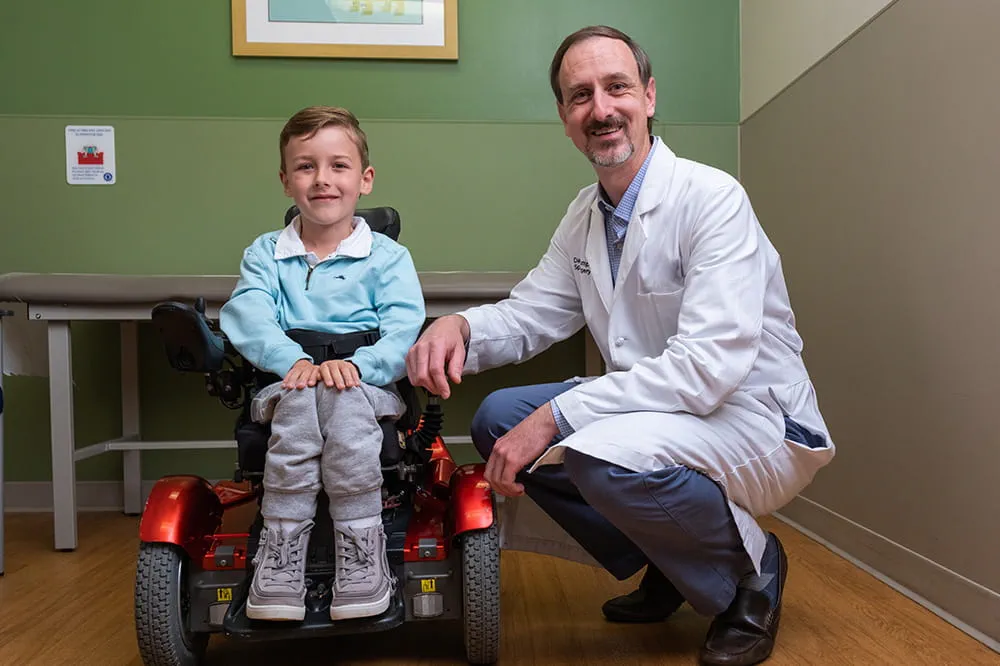
We're focused on improving child health through exceptional patient care, groundbreaking research, continuing education, and outreach and prevention.
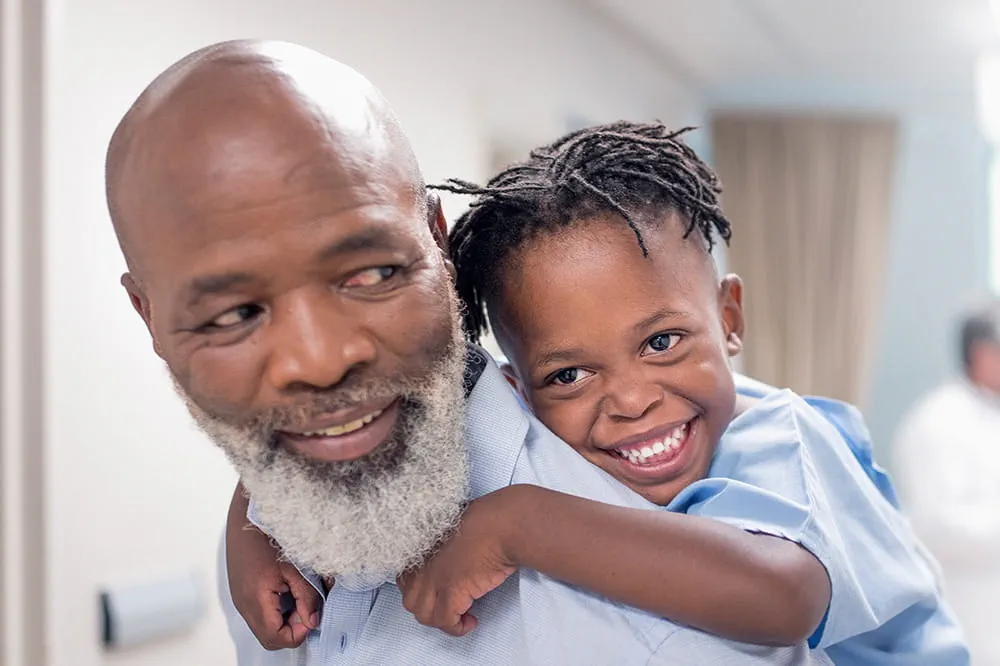
When it comes to your child, every emergency is a big deal.
Our ERs are staffed 24/7 with doctors, nurses and staff who know kids best – all trained to deliver right-sized care for your child in a safe environment.
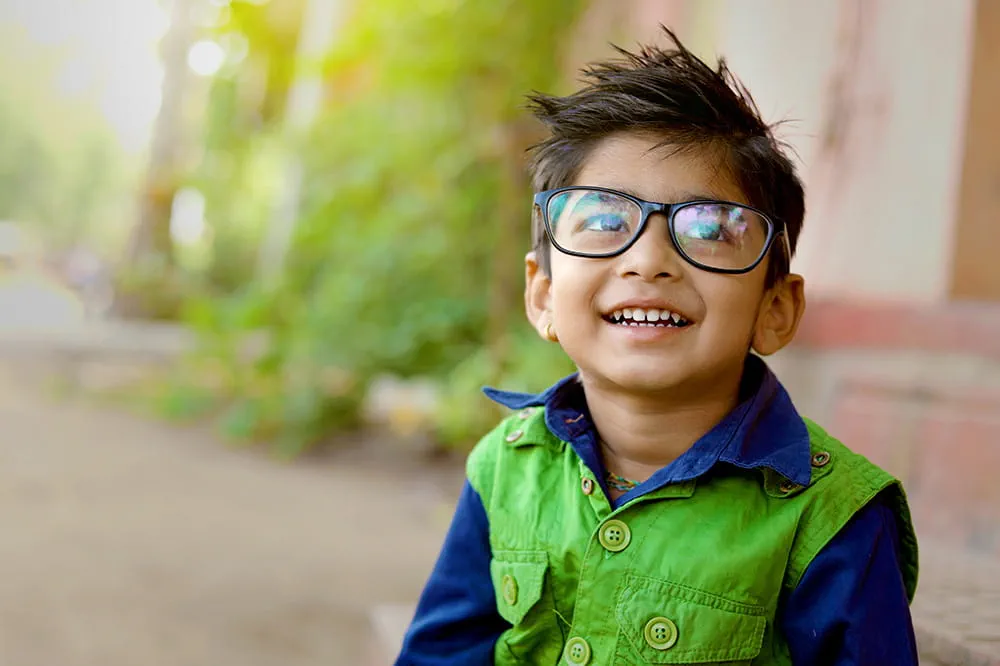
Arkansas Children's provides right-sized care for your child. U.S. News & World Report has ranked Arkansas Children's in seven specialties for 2025-2026.

Looking for resources for your family?
Find health tips, patient stories, and news you can use to champion children.

Support from the comfort of your home.
Our flu resources and education information help parents and families provide effective care at home.

Children are at the center of everything we do.
We are dedicated to caring for children, allowing us to uniquely shape the landscape of pediatric care in Arkansas.
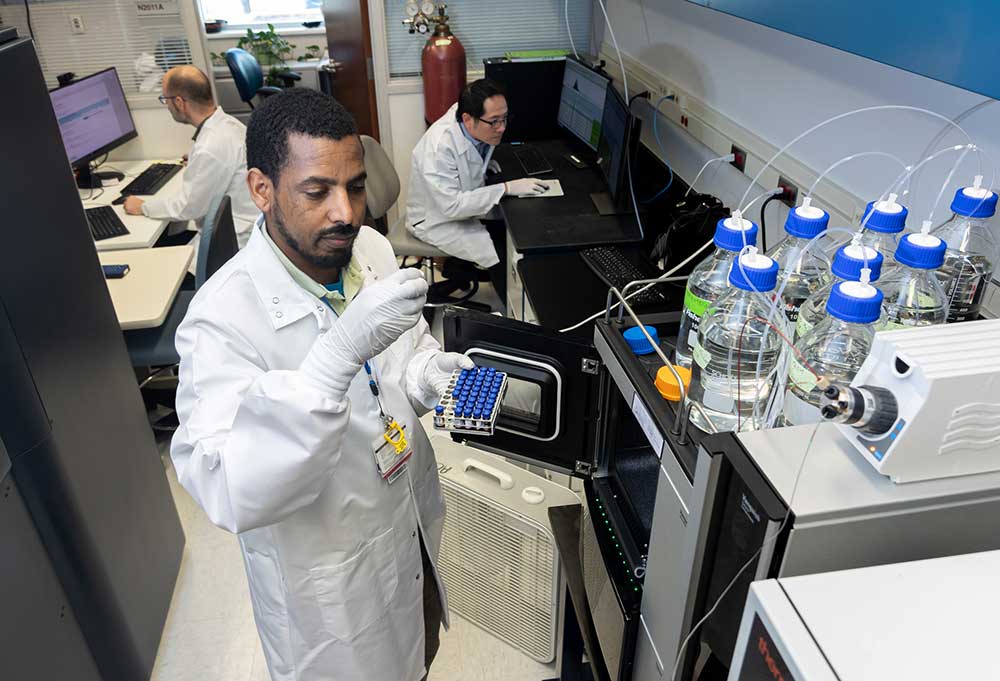
Transforming discovery to care.
Our researchers are driven by their limitless curiosity to discover new and better ways to make these children better today and healthier tomorrow.

We're focused on improving child health through exceptional patient care, groundbreaking research, continuing education, and outreach and prevention.
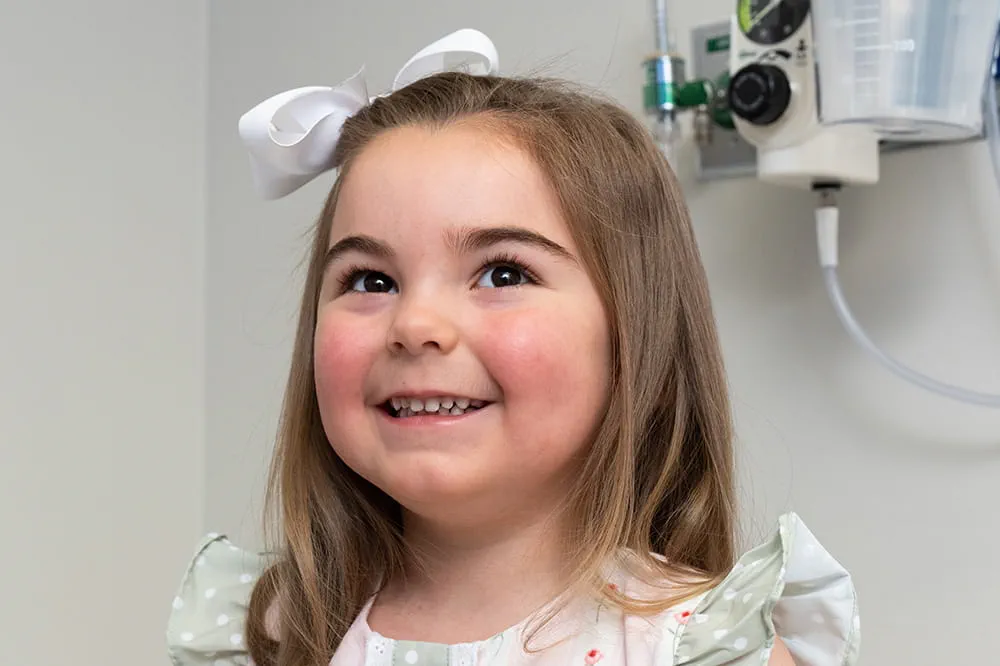
Then we're looking for you! Work at a place where you can change lives...including your own.
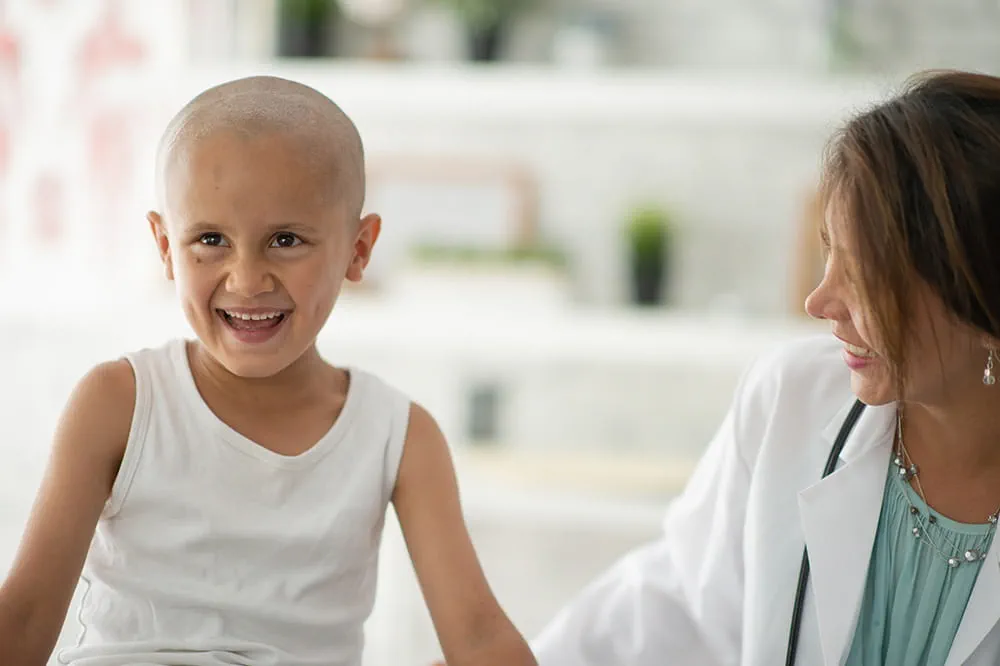
When you give to Arkansas Children's, you help deliver on our promise of a better today and a healthier tomorrow for the children of Arkansas and beyond
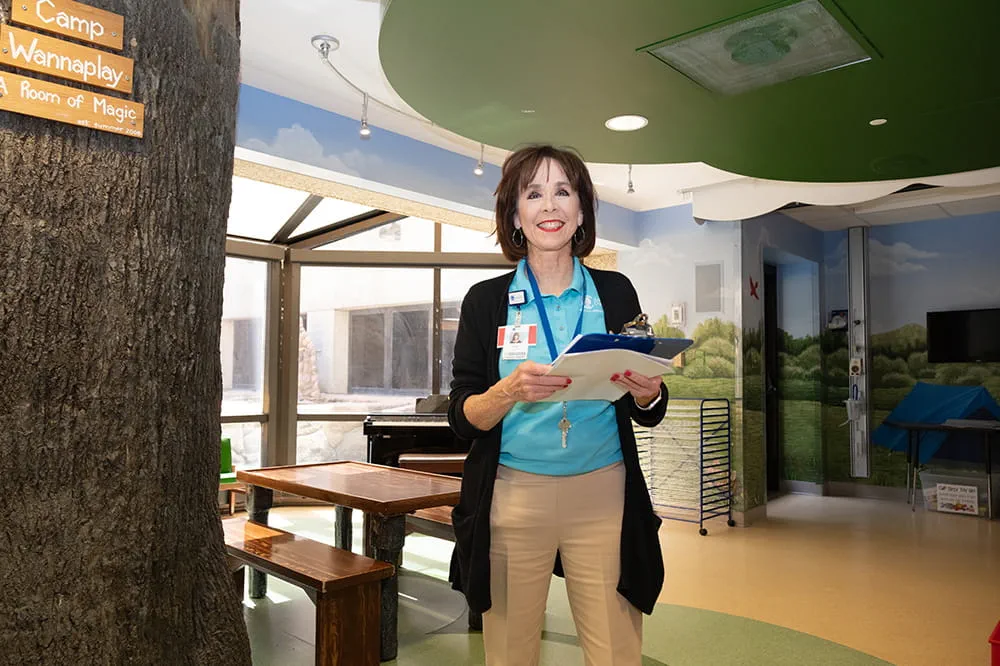
Become a volunteer at Arkansas Children's.
The gift of time is one of the most precious gifts you can give. You can make a difference in the life of a sick child.

Join our Grassroots Organization
Support and participate in this advocacy effort on behalf of Arkansas’ youth and our organization.

Learn How We Transform Discovery to Care
Scientific discoveries lead us to new and better ways to care for children.

Learn How We Transform Discovery to Care
Scientific discoveries lead us to new and better ways to care for children.

Learn How We Transform Discovery to Care
Scientific discoveries lead us to new and better ways to care for children.

Learn How We Transform Discovery to Care
Scientific discoveries lead us to new and better ways to care for children.

Learn How We Transform Discovery to Care
Scientific discoveries lead us to new and better ways to care for children.

Learn How We Transform Discovery to Care
Scientific discoveries lead us to new and better ways to care for children.
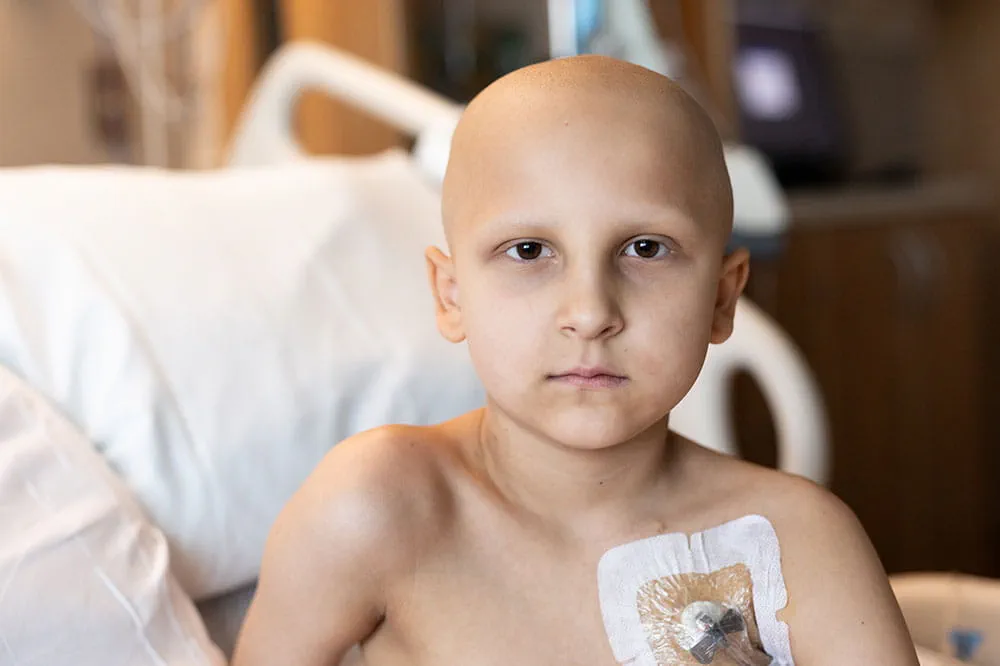
When you give to Arkansas Children’s, you help deliver on our promise of a better today and a healthier tomorrow for the children of Arkansas and beyond.
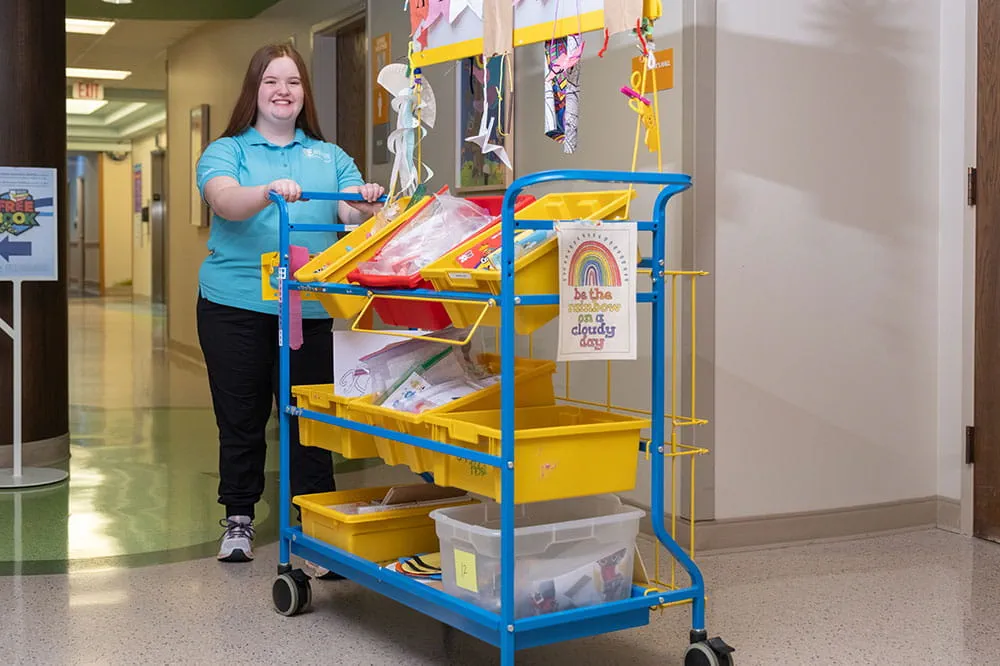
Your volunteer efforts are very important to Arkansas Children's. Consider additional ways to help our patients and families.

Join one of our volunteer groups.
There are many ways to get involved to champion children statewide.

Make a positive impact on children through philanthropy.
The generosity of our supporters allows Arkansas Children's to deliver on our promise of making children better today and a healthier tomorrow.
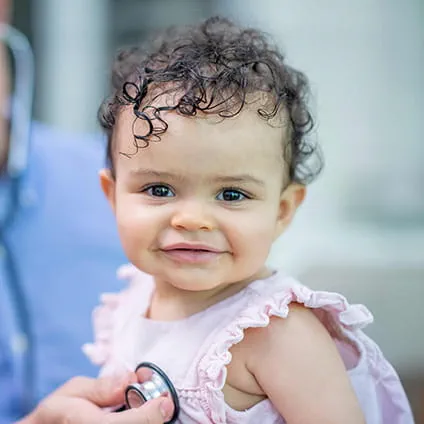
Read and watch heart-warming, inspirational stories from the patients of Arkansas Children’s.

Hello.

Arkansas Children's Hospital
General Information 501-364-1100
Arkansas Children's Northwest
General Information 479-725-6800
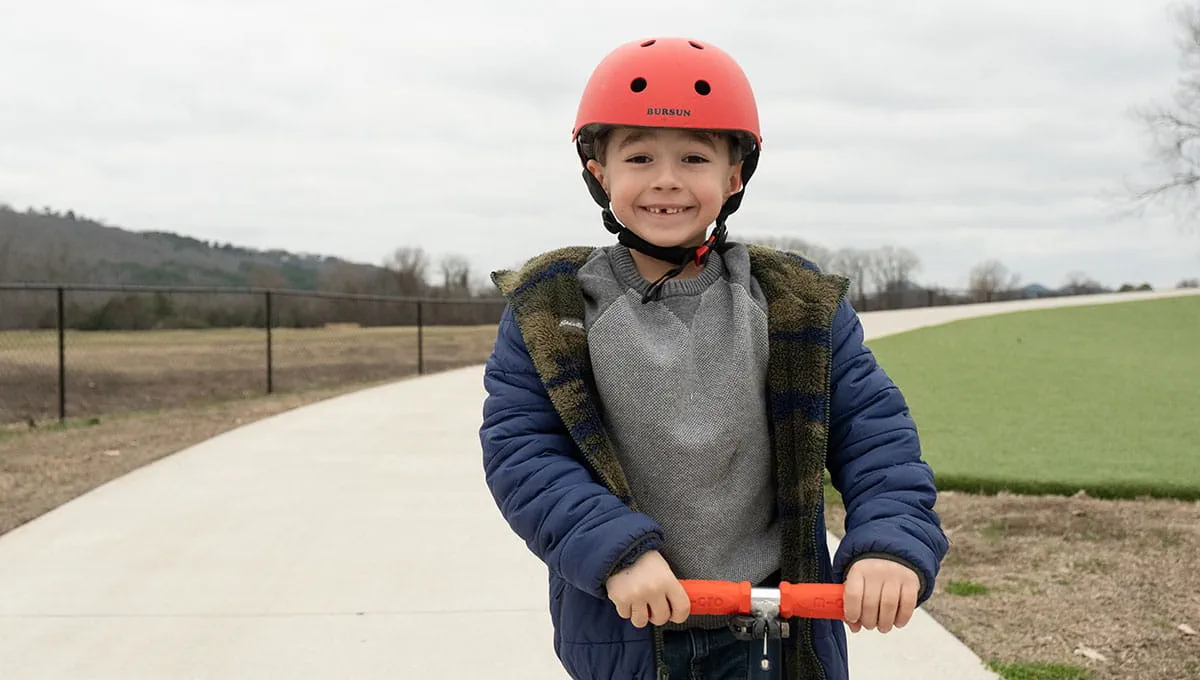
Orthopedics and Sports Medicine
From emergencies to everyday health concerns, the Arkansas Children's Orthopedic team is able to provide the child-friendly care a growing body needs. Make your child's appointment today.
Possible Conditions
Anterior Cruciate Ligament Tears
Brachial Plexus Injuries
Clubfoot
Congenital Scoliosis
Fibular Hemimelia
Hand Disorders
Hemihypertrophy
Hip Dysplasia
Knee Injuries
Knock Knees
Limb Differences
Multiple Epiphyseal Dysplasia
Muscular Dystrophy
Non-Ossifying Fibroma
Pediatric Fractures
Radial Dysplasia
Scoliosis
Sprains and Strains
Vitamin D-Resistant Rickets
-
 KidsHealth
KidsHealthSports Medicine
Bookmark Sports MedicineLearn about topics such as benefits of strength training, staying cool during competition, preventing concussions, running and jumping injuries and safety tips for popular sports.
-
 Blog
BlogArkansas Children's Blog
Bookmark Arkansas Children's BlogRead and share articles across a wide range of topics to help your family live healthier. -
 Patient Story
Patient StoryPatient Stories
Bookmark Patient StoriesRead the patient testimonials of how Arkansas Children's is fulfilling its mission to champion children! -
 Podcast
PodcastBetter Today, Healthier Tomorrow
Bookmark Better Today, Healthier TomorrowAn Arkansas Children's Podcast is about the people, places, and programs of Arkansas Children's. Podcasts are available monthly on Apple Podcasts and Google Podcasts.
 Conditions
Jump to
Overview
Conditions
Treatments
Conditions
Jump to
Overview
Conditions
Treatments
Possible Conditions
Anterior Cruciate Ligament Tears
Brachial Plexus Injuries
Clubfoot
Congenital Scoliosis
Fibular Hemimelia
Hand Disorders
Hemihypertrophy
Hip Dysplasia
Knee Injuries
Knock Knees
Limb Differences
Multiple Epiphyseal Dysplasia
Muscular Dystrophy
Non-Ossifying Fibroma
Pediatric Fractures
Radial Dysplasia
Scoliosis
Sprains and Strains
Vitamin D-Resistant Rickets
-
 KidsHealth
KidsHealthSports Medicine
Bookmark Sports MedicineLearn about topics such as benefits of strength training, staying cool during competition, preventing concussions, running and jumping injuries and safety tips for popular sports.
-
 Blog
BlogArkansas Children's Blog
Bookmark Arkansas Children's BlogRead and share articles across a wide range of topics to help your family live healthier. -
 Patient Story
Patient StoryPatient Stories
Bookmark Patient StoriesRead the patient testimonials of how Arkansas Children's is fulfilling its mission to champion children! -
 Podcast
PodcastBetter Today, Healthier Tomorrow
Bookmark Better Today, Healthier TomorrowAn Arkansas Children's Podcast is about the people, places, and programs of Arkansas Children's. Podcasts are available monthly on Apple Podcasts and Google Podcasts.
 Treatments
Jump to
Overview
Conditions
Treatments
Treatments
Jump to
Overview
Conditions
Treatments
Possible Conditions
Anterior Cruciate Ligament Tears
Brachial Plexus Injuries
Clubfoot
Congenital Scoliosis
Fibular Hemimelia
Hand Disorders
Hemihypertrophy
Hip Dysplasia
Knee Injuries
Knock Knees
Limb Differences
Multiple Epiphyseal Dysplasia
Muscular Dystrophy
Non-Ossifying Fibroma
Pediatric Fractures
Radial Dysplasia
Scoliosis
Sprains and Strains
Vitamin D-Resistant Rickets
-
 KidsHealth
KidsHealthSports Medicine
Bookmark Sports MedicineLearn about topics such as benefits of strength training, staying cool during competition, preventing concussions, running and jumping injuries and safety tips for popular sports.
-
 Blog
BlogArkansas Children's Blog
Bookmark Arkansas Children's BlogRead and share articles across a wide range of topics to help your family live healthier. -
 Patient Story
Patient StoryPatient Stories
Bookmark Patient StoriesRead the patient testimonials of how Arkansas Children's is fulfilling its mission to champion children! -
 Podcast
PodcastBetter Today, Healthier Tomorrow
Bookmark Better Today, Healthier TomorrowAn Arkansas Children's Podcast is about the people, places, and programs of Arkansas Children's. Podcasts are available monthly on Apple Podcasts and Google Podcasts.





